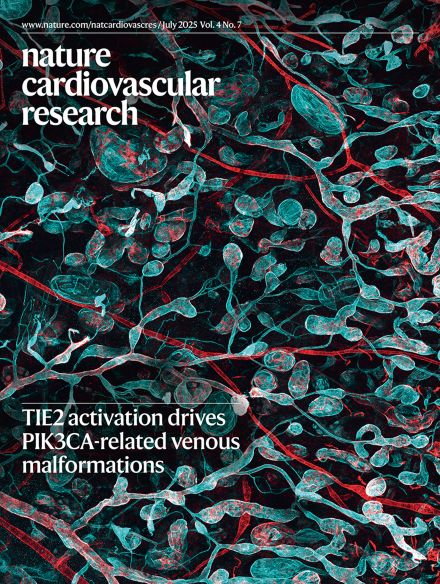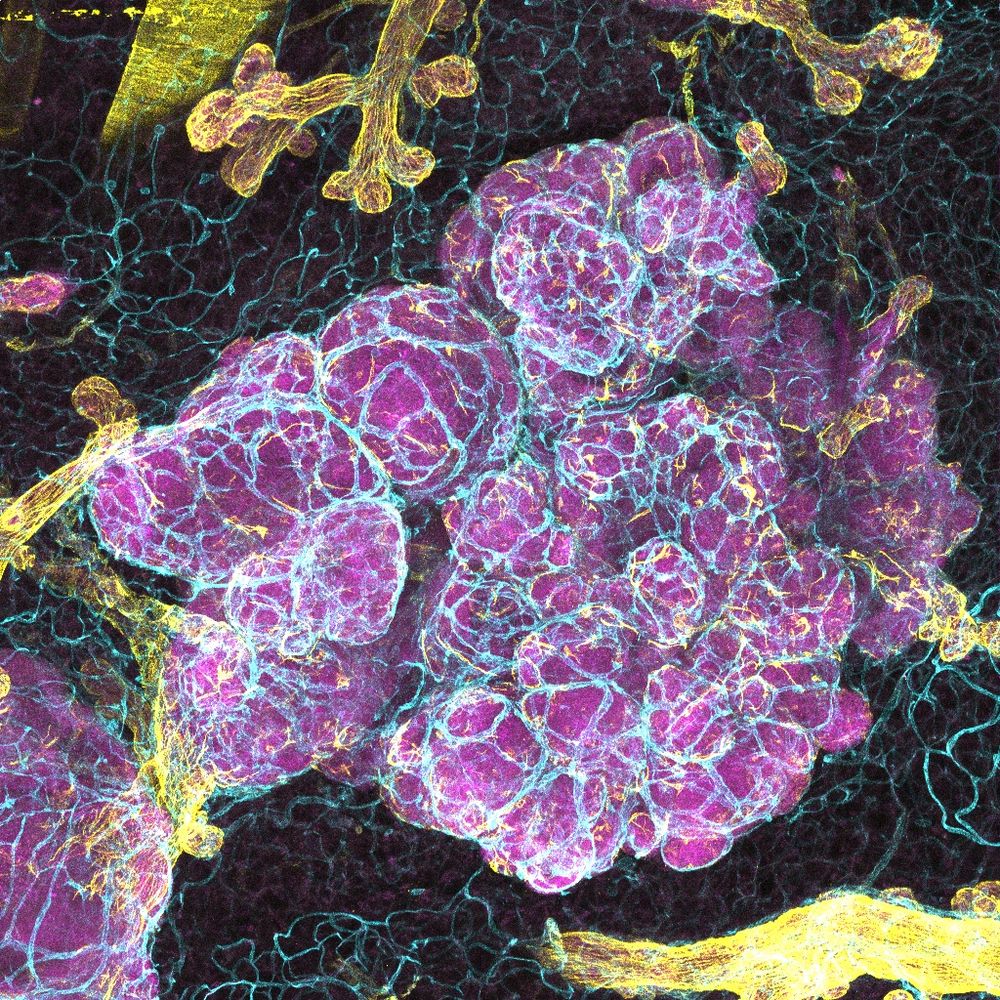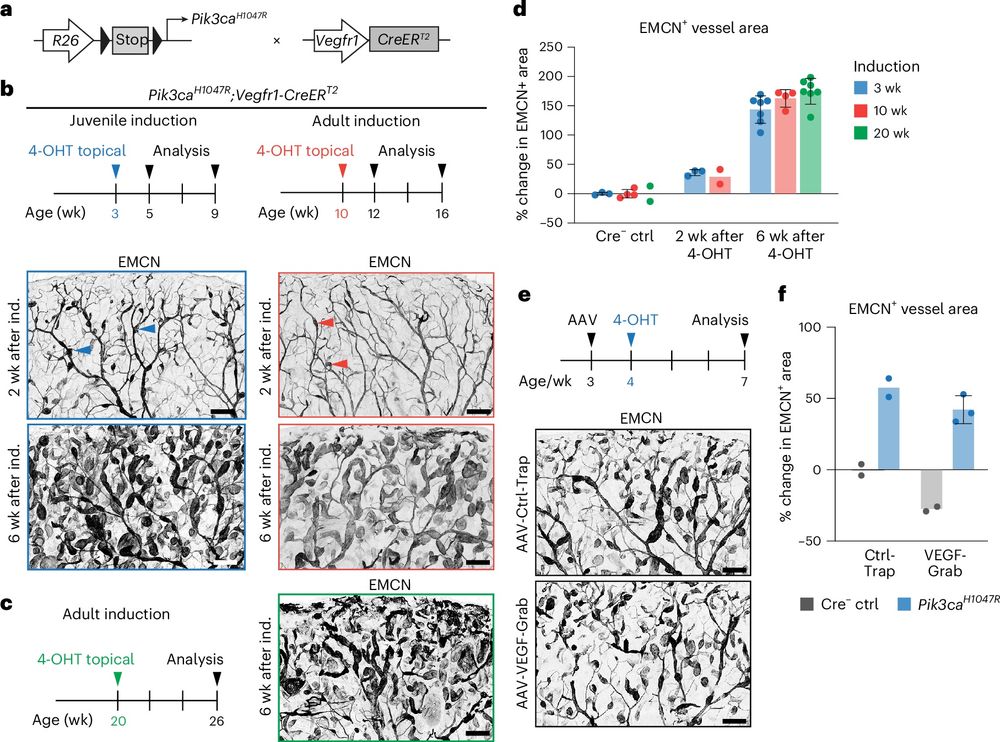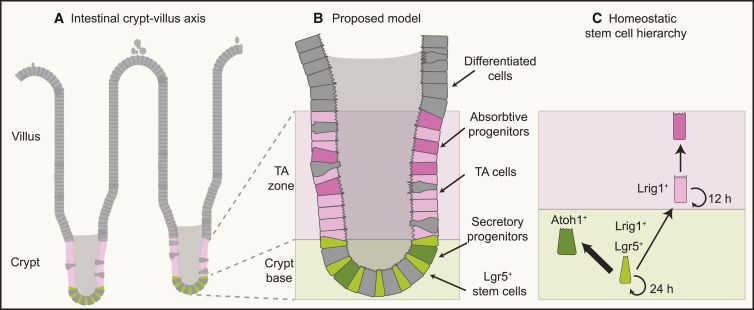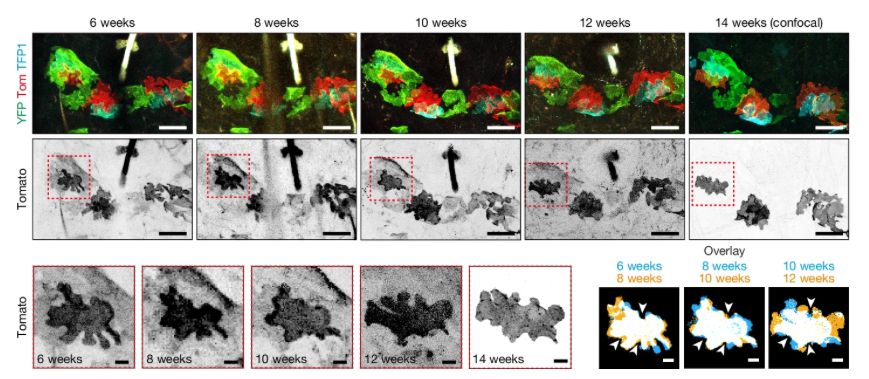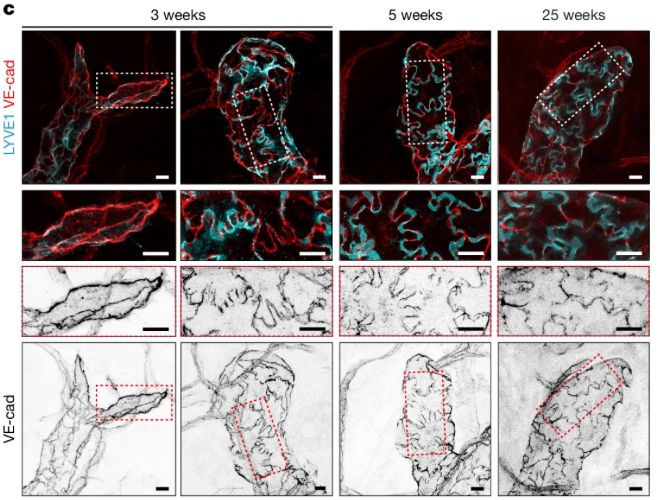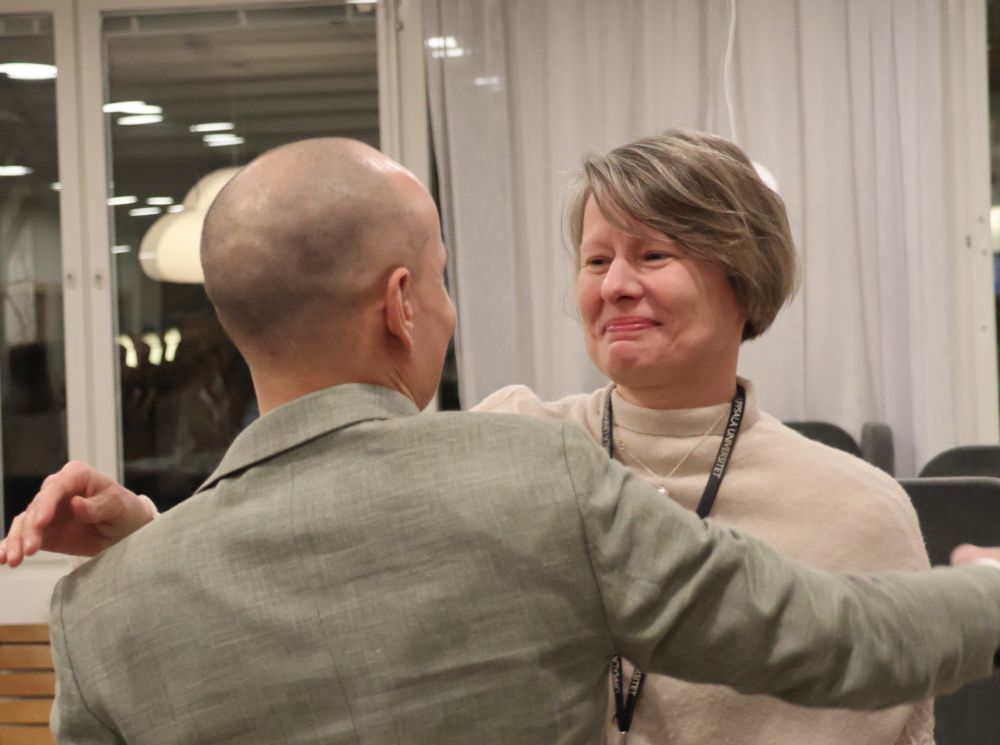Hans schoofs
@hansschoofs.bsky.social
170 followers
450 following
20 posts
Post-doc at NKI-AVL - van Rheenen group - Two photon enthusiast- Vascular biologist-
Posts
Media
Videos
Starter Packs
Pinned
Hans schoofs
@hansschoofs.bsky.social
· Aug 21
Hans schoofs
@hansschoofs.bsky.social
· Jul 1
Hans schoofs
@hansschoofs.bsky.social
· Jun 27
Reposted by Hans schoofs
Hans schoofs
@hansschoofs.bsky.social
· Jun 3
Reposted by Hans schoofs
Hans schoofs
@hansschoofs.bsky.social
· Mar 20
Hans schoofs
@hansschoofs.bsky.social
· Mar 20
Hans schoofs
@hansschoofs.bsky.social
· Mar 20
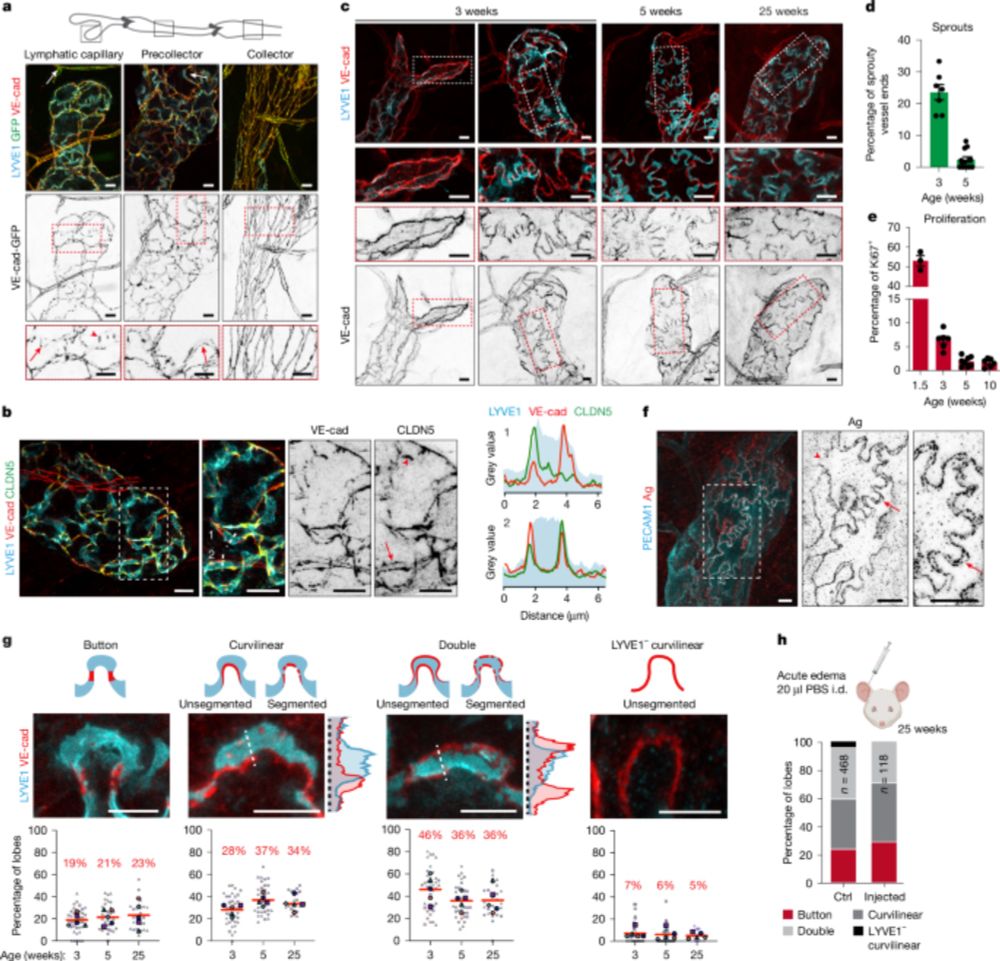
Dynamic cytoskeletal regulation of cell shape supports resilience of lymphatic endothelium - Nature
Dynamic cytoskeletal regulation of lymphatic endothelial cell shape, induced by isotropic stretch and crucial for dermal lymphatic capillary function, is identified and found to result from continuous...
www.nature.com
Hans schoofs
@hansschoofs.bsky.social
· Jan 6

